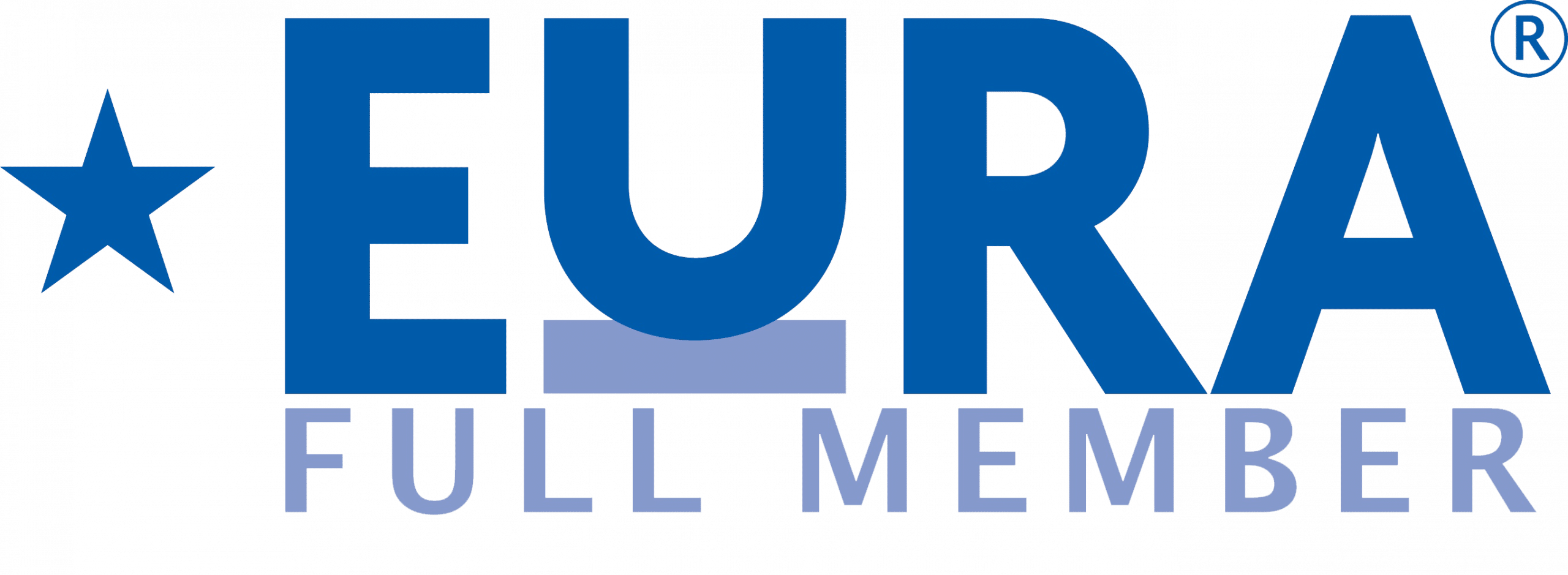
Maximizing Flexibility in Mobility Policies
Understanding the Need for Flexibility
Working with companies to develop mobility policies, we’re asked a lot about how to maximize flexibility. There’s no one right answer as flexibility can mean a lot of different things to different people.
Yet, if we step back and think about how people move, even just walking or driving, we can better understand flexibility. We know that when formal, paved paths hinder efficient movement, people tend to venture off the path and create their own alternatives. This is called a desire path. We often see desire paths in parks or on street corners. They’re basically shortcuts. You may even see them in cities where sidewalks aren’t meeting the demands of pedestrians.
Officials may choose to block desire paths. They might construct a barrier or place a sign to keep people on the paved path. This is often done to protect something, like plants or animal habitats. Or, it could be to protect the safety of the pedestrians themselves. So, let’s think of these barriers as something akin to “Duty of Care.”


Sometimes, officials may decide to pave a desire path. After all, if people prefer the route, why not just give them what they want? City sidewalks have literally been poured on top of desire paths, essentially using concrete to formalize the preferences of the public.
You may not know it, but when Walt Disney created Disneyland, he didn’t fence in the grassy areas until he saw where people actually walked. Universities too have sometimes allowed natural patterns of foot traffic to inform the design of their paved campus sidewalks.
And desire paths aren’t limited to dirt. Consider that Twitter ultimately codified hashtags and @ replies, which were basically early desire paths that users carved into the Twittersphere. After some initial resistance, Twitter ultimately chose to make them native to the platform.
Getting Creative with Talent Mobility Programs
Let’s switch our focus now to mobility programs and talent attraction as a whole. There are many options for companies to attain flexibility within their mobility and talent attraction programs. The term “core/flex” is used very frequently, and it’s often from companies with traditional, somewhat restrictive mobility programs. It’s a buzzword in the mobility industry, but what does it actually mean? Well, in reality, core/flex is just one approach to program flexibility. We need to think about program flexibility in more broad terms.
Over the past year, we’ve seen some industries hit harder by the COVID pandemic than others. Altair has seen companies take advantage of the “downtime” when they didn’t have as many employees relocating to focus on their programs and reassess whether they truly fit the organization’s talent attraction, talent mobility and talent retention goals. Some of the best advice we can give our clients is to not be afraid to get creative with their programs.
Benchmarking Before Redesign: Is it Necessary?
First, let’s talk about benchmarking. Benchmarking isn’t a necessity in the process of redesigning your talent mobility program. Benchmarking is going to tell you what other companies are doing and if you’re looking to affirm where your company stands respective of your competition, that can be beneficial. On the flip side, knowing what other companies are doing shouldn’t necessarily dictate what your company should do. Don’t be afraid to try something new and be a trailblazer.
A key component in program redesign is benefit utilization. You can benchmark your program benefits all day long, but what you really need to be looking at is what benefits are actually being utilized by your employees and what benefits are not, including what benefits receive the most exception requests.
If you are pursuing a program redesign, especially if you’re making significant changes to your program such as increasing flexibility, adding or removing benefits, etc., understand it will likely not be a one-and-done situation. Every company we’ve worked with over the past several years to redesign their talent mobility programs has had to consistently apply tweaks here and there, and that’s not a bad thing, it shows you’re willing to flex and adjust to meet the ever-changing needs of your talent.
The Flexibility Spectrum for Mobility Programs
Finally, to underscore the point that there are a lot of options in regard to flexibility, we’ve included what we like to call a “Flexibility Spectrum.” On the spectrum, you’ll see the diversity of programs currently in place amongst companies Altair regularly engages with ‒ and these are just six examples. Our clients fall on just about every point on this spectrum.

Every day, relocating employees are forming desire paths around the policies and services we’ve implemented. This is evidenced by requests for exceptions and by the noise we hear when flexibility isn’t optimized. We ultimately choose to block or pave these paths.
The Takeaway
Over time, we discover parts that are dormant or undervalued. We decide when resources, or pavement if you will, should be redirected to achieve efficient movement through our programs. Pay attention to these patterns, especially those that veer from the paths of your policies and services, around your expectations, and beyond your budgets. It’s a great way to discover how to achieve maximum flexibility in a way that is highly customized to your unique desires, competing interests and budget constraints.
About Global Consulting Services

One size doesn’t fit all when it comes to our Client Partners’ programs, policies and cultures. In order to deliver an unmatched mobility experience, we provide expert recommendations and insights to build and strengthen our clients’ benefit offerings to meet their overall business and talent mobility objectives for the future. Working with more than 100 companies each year, Altair’s Global Consulting Services team takes a holistic approach to mobility by arming clients with first-rate data, research and trend information to find the best relocation and mobility solutions for your employees, your mobility program and your company.






